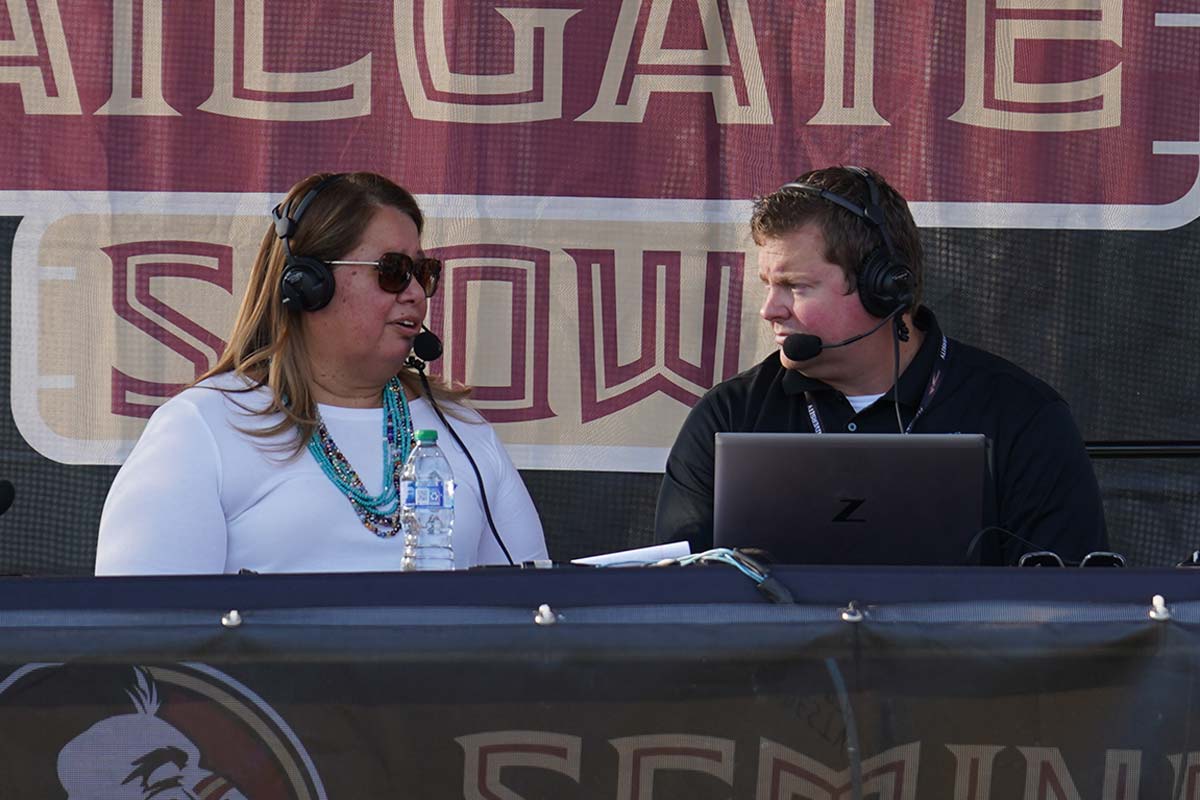History of the Seminole Tribe of Florida
Seminoles largely trace their ancestry to the ancient Indigenous people of Florida (Calusa, Tequesta, Ais, Apalachee, and others) and to the Muscogee Creek and other Native American migrants from Georgia and Alabama who came into Florida in the late 1700s and early 1800s. Thousands of Creek newcomers (often called Red Stick Creeks) joined the indigenous communities in Florida after the Muscogee Creeks fought a civil war during the War of 1812. Many of these Red Sticks became members of the Cow Creek community (now the modern Brighton Reservation of the Seminole Tribe). Outsiders frequently called the Indigenous Floridians “Seminoles” even as the communities themselves referred to themselves differently.
Forced Removal and War
Throughout the first half of the 1800s, the United States attempted to force the Seminoles off their lands and move them to designated Indian Territory (now Oklahoma) as part of the Trail of Tears. Most Seminoles refused to leave voluntarily, and the U.S. military invaded Seminole homelands to enforce removal. Thousands of Seminoles surrendered or were captured or killed in the fighting. This forced removal was part of the U.S. policy of Indian Removal and is how there now exist two separate and sovereign groups of Seminole people. One is in Florida (Seminole Tribe of Florida) and one is in Oklahoma (Seminole Nation of Oklahoma).
The Seminole War
The United States officially splits the military engagement with the Seminoles into three different wars. The First Seminole War lasted from 1816-1818; the Second Seminole War lasted from 1835-1842; the Third Seminole War lasted from 1855-1858. The Seminoles often think of the three wars as a single Seminole War, as no official acts of surrender or concessions ended the wars. Instead, in each case, the United States largely withdrew its troops even as they continued to threaten the Seminoles with additional invasions and threats of removal. Seminoles built their post-war camps with this constant threat in mind and kept US officials at a distance. Decades after the third war ended, Seminoles tended to view the arrival of state or federal officials with trepidation as they believed they were still in a state of war.
Seminole Heroes
The Seminoles point to many heroes from the long Seminole War and most of these individuals are unknown to the people outside of their community. Two of the most important are Abiaka (Sam Jones) and Emateloye (Polly Parker). Other important leaders included Micanopy, Tiger Tail, Billy Bowlegs, and others. Many non-Seminoles share the common misconception that Osceola was the main leader of the Seminole resistance. In actuality, Osceola was a vocal warrior (never a Chief) who was captured by the United States in October 1837 and died shortly after in a U.S. prison. His capture was controversial in the United States, as it occurred as part of a diplomatic meeting under a flag of truce. As a result, Osceola became a symbol of the Seminole resistance. The Seminole resistance to the United States continued for many years after Osceola’s death. Because of their ability to withstand the U.S. military and maintain their homelands in the heart of South Florida, the Seminole Tribe of Florida consider themselves to be "Unconquered".
Surviving in the early 1900s
In the early twentieth century, as white and Black newcomers settled along the coasts and then interior of South Florida, the Seminoles increasingly relied on their neighbors for access to the marketplace and for employment. Most camps were largely self-sufficient, but they traded with their new neighbors for luxuries and sometimes to augment their diets. They largely traded animal pelts and hides, bird feathers (especially egret), various fruits and nuts for sewing machines, knives, kettles, guns and ammunition, and various other items that could only be purchased from markets along the coast. The draining of the Everglades in the early 20th century and other issues made it harder for the Seminoles to provide for most of their needs and they increasingly relied on the marketplace. A decline in the pelt, plume, and hide market pushed them to find new paths into the market economy. In the early 20th century, Seminoles increasingly worked as agricultural laborers, cattle hands, and in tourism.
Toward Reservations
In the early twentieth century, the United States formally created the Brighton, Big Cypress, and Dania (later called Hollywood) Reservations. Not all Native American lands are reservations, and the STOF designated reservations only include a small portion of the lands that the Seminoles lived on or considered their homelands. To be a reservation requires the recognition of the federal government. Reservations are technically managed by the federal government in conjunction with tribal governments. Some Seminoles live off of the official reservations, but the few services that the federal government provided and tribal protections largely remained contained to these areas. The other Seminole reservations officially formed much later.
Federal Recognition
In exchange for maintaining their self-governance and reservation lands, the Florida Seminoles agreed to create a democratic government and centralized tribe. In 1957, the Seminoles wrote and ratified a constitution which formally created The Seminole Tribe of Florida. It is governed by a Chairman or Chairwoman (not Chief), a President who oversees the Board of Directors, and a Tribal Council that also has voting representatives from its three largest reservations (Hollywood, Big Cypress, and Brighton). Chairperson and President positions are held for four years while the Tribal Council and Board Representative positions are held for two years. Other reservations now have non-voting representation.
Economic Self-Determination
A couple of decades after it became a federally recognized tribe, the Seminoles became national leaders in the nation’s struggle for economic self-determination. In the 1970s, they fought for the right to sell cigarettes tax free, operate high-stakes Bingo halls, and ultimately open modern casinos. Although they were not the only Native American nation to pursue these objectives, they obtained national prominence for their actions. The fight between local, state, and Tribal interests regarding Seminole bingo resulted in several precedent-setting lawsuits. In particular, the Tribe’s victory in Butterworth vs. Seminole Tribe of Florida led to the federal government's Indian Gaming Regulatory Act, the modern framework for regulating tribal gaming nationwide.
Modern Seminoles
Today the Seminole Tribe of Florida is a global leader in tourism (they own the Hard Rock Inc. and most of the Hard Rock franchises) and in cattle raising. Currently, they have the fourth largest herds in Florida and twelfth largest in the country. With the proceeds from these and other enterprises, the Seminole Tribe of Florida provides a range of governmental services to its citizens and residents. They include state-of-the-art schools, medical care, senior centers, and early learning centers. They also self-govern themselves with their own police and fire departments, housing administration, and court system. Additionally, they have a world class museum: The Ah-Tah-Thi-Ki.
Seminole Tribe of Florida President and Tribal Council Vice Chair Holly Tiger discusses the Tribe's relationship with Florida State University on the Seminole Sports Network's statewide radio broadcast Oct. 21, 2023.


